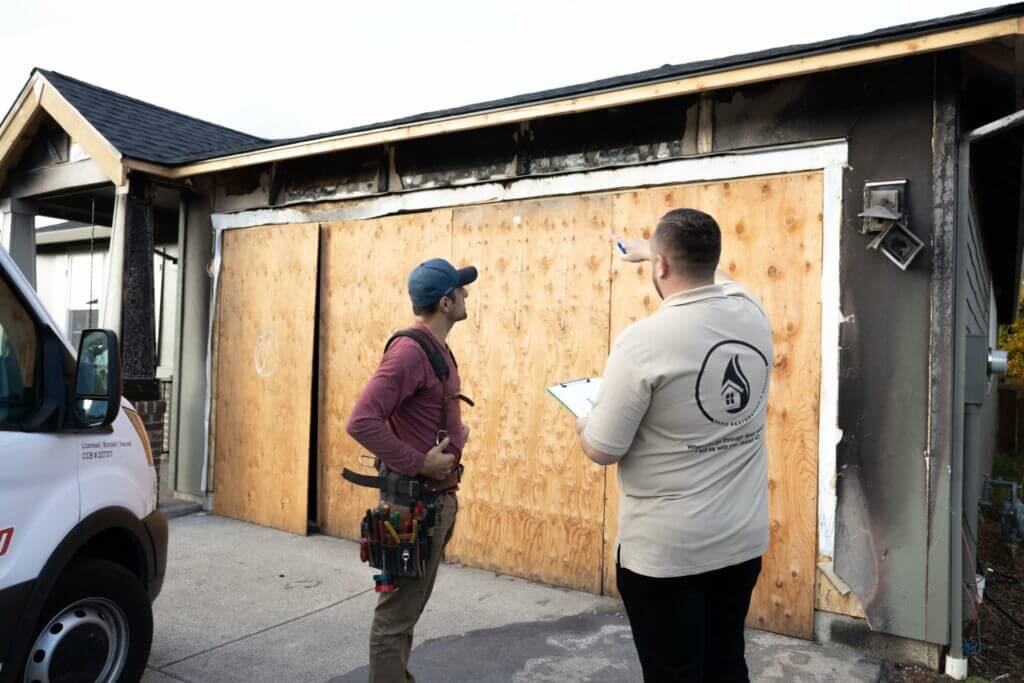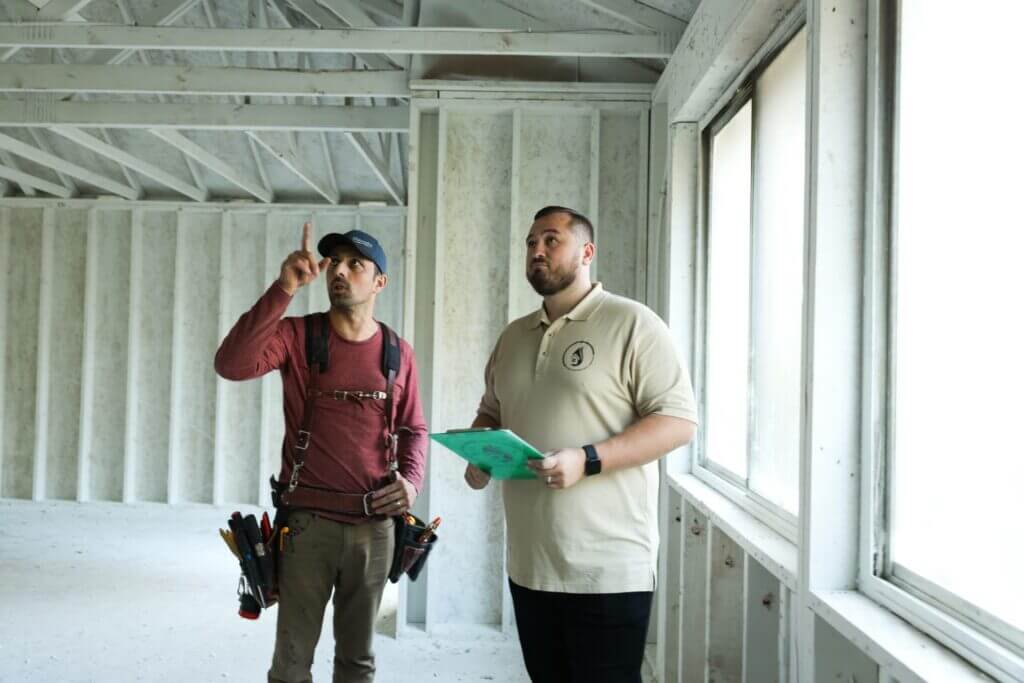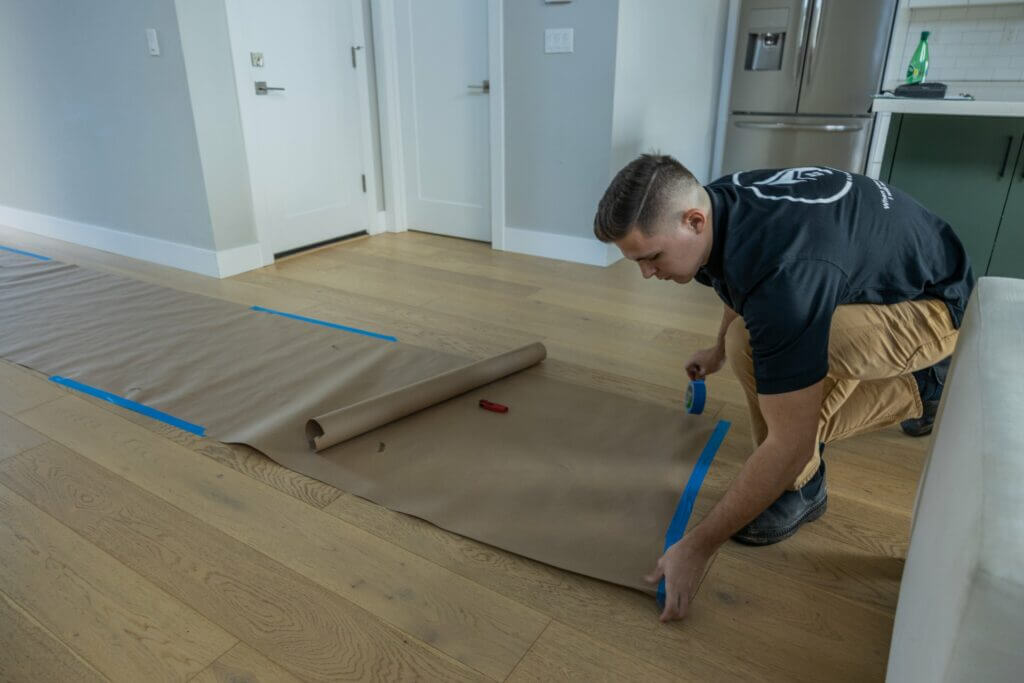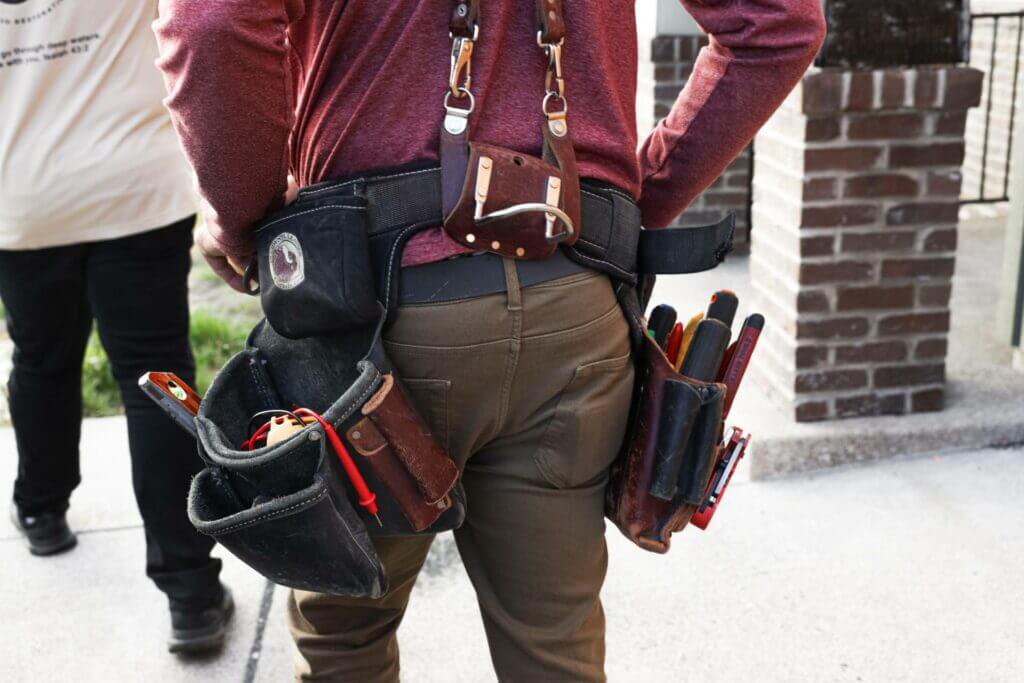“Understanding How Long Fire Restoration Takes: The Lengthy Journey”
Fire incidents can wreak havoc on properties, leaving behind devastation that requires meticulous restoration. Understanding how long fire restoration takes is crucial for homeowners and property managers alike. In this comprehensive guide, we delve into the various stages of fire restoration, shedding light on the timeline, challenges, and essential considerations throughout the process.


Understanding Fire Restoration Timelines
How Long Does Fire Restoration Take?
Fire restoration timelines vary depending on the extent of damage, the size of the property, and other factors. On average, the restoration process can range from several weeks to several months.
Fire restoration encompasses several crucial stages, each requiring careful attention and expertise. From initial assessment to final cleanup and repair, every step contributes to the overall timeline.
Initial Assessment
Inspection of Fire Damage
During the initial assessment, professionals conduct a comprehensive examination of the property to gauge the scope of fire damage. They meticulously inspect areas impacted by flames, smoke, and soot, documenting each aspect of the damage. Additionally, they scrutinize for any structural impairments, ensuring a thorough understanding of the property’s condition post-fire.
Evaluation of Restoration Needs
After a thorough inspection, restoration experts meticulously discern the property’s restoration requirements and document areas in need of attention. They assess whether cleaning, repair, or replacement is necessary for different components of the property, ensuring a comprehensive restoration plan addresses all issues. This detailed approach guarantees that the restoration process effectively restores the property to its pre-damaged condition, meeting the needs and expectations of the property owner.
Determination of Restoration Timeline
A restoration timeline serves as a structured plan delineating the order of restoration tasks and their anticipated durations. Mapping out the sequence of activities enables efficient resource allocation and facilitates coordination among team members. Ultimately, the timeline helps to ensure that restoration efforts progress smoothly and achieve the desired outcomes within the specified timeframe.
Cleanup and Debris Removal
Removal of Damaged Materials
The initial phase of cleanup involves the thorough removal of damaged materials such as debris, charred items, and structural components beyond salvageable condition. This crucial step creates a clean slate, enabling subsequent restoration efforts to proceed smoothly and effectively. Clearing away the wreckage paves the way for rebuilding and revitalizing the affected area, ensuring a safe and conducive environment for restoration work to take place.
Cleaning of Soot and Smoke Residue
Cleaning soot and smoke residue from surfaces such as walls, ceilings, and furnishings requires professionals to employ specialized techniques and equipment tailored to each material’s sensitivity. Thorough cleaning is crucial not only for aesthetic reasons but also to eliminate lingering odors and prevent further damage caused by corrosive particles. By utilizing their expertise and the appropriate tools, professionals ensure a comprehensive restoration process that effectively removes soot and smoke residue, restoring the affected surfaces to their pre-fire condition.
Disposal of Debris
After the cleanup process concludes, all debris is meticulously and safely disposed of, adhering strictly to local regulations and environmental standards. This comprehensive approach guarantees that the property is entirely rid of any potential hazards, ensuring the safety of both workers and future occupants. With the site cleared and hazards mitigated, the groundwork is laid for the subsequent phases of restoration or redevelopment to proceed smoothly and efficiently.


Structural Repairs
Repairing Damaged Walls, Floors, and Ceilings
Skilled technicians play a crucial role in restoring the structural integrity of buildings by undertaking tasks such as repairing damaged walls, floors, and ceilings. This involves meticulously patching holes, replacing sections of drywall, and reinforcing structural supports as needed. Their expertise ensures that buildings regain stability and safety, preserving the integrity of the structure for occupants.
Replacement of Structural Components
When structural components sustain irreparable damage, replacing them with new materials becomes imperative to maintain the property’s integrity and safety standards. This process involves careful assessment of the extent of damage and selection of appropriate materials to ensure the structural soundness of the building. By replacing damaged components, property owners can mitigate risks and uphold regulatory requirements for safe occupancy.
Reinforcement of Weakened Structures
To fortify weakened structures and safeguard against potential issues, reinforcement methods are employed, such as incorporating supplementary support beams or braces. These additions serve to bolster the structural integrity, mitigating the risk of further deterioration or collapse. By enhancing stability and strength, the property’s longevity is assured, ensuring its resilience to environmental pressures and usage demands.
Restoration of Personal Belongings
Assessment of Salvageable Items
Restoration professionals employ meticulous techniques to evaluate personal belongings affected by fire damage, aiming to discern salvageable items from irreparable ones. Using specialized equipment and expertise, they endeavor to return damaged possessions to their pre-fire state through a combination of cleaning, deodorizing, and repair methods. Their careful assessment and restoration efforts not only restore physical items but also provide a sense of normalcy and comfort to those affected by the traumatic event.
Cleaning and Restoration of Furniture and Electronics
Cleaning and restoring furniture and electronics damaged by fire requires specialized techniques tailored to each item’s material and level of damage. Soot and smoke residue must be meticulously removed from surfaces, while fabrics may need extensive deodorizing to eliminate lingering odors. Additionally, electronic components may require repair or replacement to ensure they function correctly after exposure to fire and smoke.
Restoration of Clothing and Personal Effects
When clothing and personal effects become tainted with smoke odor and stains, it’s crucial to handle them with care to restore their original condition. Professional cleaning methods are employed to eliminate the odors and stains effectively, ensuring the items are safe to use once again. By utilizing these techniques, not only are the garments and personal effects restored to their former state, but they also regain their usability and maintain their quality.


Odor Removal
Identification of Lingering Odors
Restoration experts possess the expertise to identify and pinpoint lingering odors resulting from smoke and fire damage. Through careful assessment, they determine the most suitable methods for odor removal, considering factors such as the type of materials affected and the extent of the damage. Utilizing advanced techniques such as ozone treatment, thermal fogging, or specialized cleaning agents, they effectively neutralize odors to restore a fresh and clean environment.
Application of Deodorizing Techniques
Deodorizing techniques like ozone treatment and thermal fogging are essential methods used to combat odors and enhance indoor air quality. Ozone treatment involves the use of ozone gas, which penetrates surfaces to neutralize odors by breaking down molecules causing the unpleasant smell. Similarly, thermal fogging disperses a deodorizing solution as a fine mist, reaching deep into porous materials to eliminate odors at their source, thus effectively improving the overall air quality indoors.
Air Quality Testing and Assurance
After completing odor removal efforts, conducting air quality testing becomes crucial to verify that the property meets safety standards. This testing ensures that the air is not only free from lingering odors but also devoid of any harmful contaminants that may pose health risks. Ultimately, it offers reassurance to occupants that the indoor environment is healthy and safe to inhabit.
Final Inspection and Certification
Evaluation of Completed Restoration Work
Before finalizing the restoration process, a comprehensive inspection is carried out meticulously to assess the quality of the workmanship. This entails scrutinizing every detail to guarantee that all restoration tasks have been executed with precision and care. The aim is to ensure that the restored object or structure meets the desired standards of quality and safety, providing reassurance to stakeholders and users alike.
Compliance with Safety and Building Codes
Before tenants move in, the property undergoes a thorough inspection to verify adherence to safety regulations and building codes. If any deficiencies are identified during the inspection, they are promptly rectified to guarantee the property’s safety and compliance. This rigorous process ensures that the property not only meets all requirements but also provides a secure environment for its occupants.
Issuance of Certification of Restoration Completion
The certification of restoration completion is a vital document confirming that the property has undergone the necessary procedures to ensure its safety and habitability. It offers reassurance to both property owners and occupants that the restoration process has been successfully carried out, meeting all required standards and regulations. This certification serves as tangible evidence of the property’s restored state, providing peace of mind to those involved.
Factors Influencing Restoration Timelines
Extent of Damage
The extent of fire damage directly correlates with the duration of the restoration process. Properties experiencing extensive damage often necessitate prolonged restoration timelines due to the complexity of addressing structural compromises and mitigating potential health risks. Comprehensive restoration efforts entail meticulous assessment, planning, and execution to ensure the property is fully restored to a safe and habitable condition.
Size and Complexity of the Property
The size and layout of a property play a crucial role in determining the restoration timeline. Larger properties typically entail more extensive restoration efforts due to their sheer scale, requiring additional time and resources to address each area comprehensively. Similarly, properties with intricate designs, such as historic buildings with ornate architecture, may demand specialized attention and skill, further prolonging the restoration process.


Availability of Resources
The timely availability of skilled professionals, equipment, and materials is crucial for efficient restoration efforts. Delays in procuring these resources can significantly extend the overall timeline for completing restoration projects. Proper planning and coordination are essential to ensure that all necessary resources are obtained promptly, minimizing disruptions and accelerating the restoration process.
Insurance Processes
Navigating insurance claims and approvals adds layers of complexity to the restoration process, requiring seamless coordination with insurance adjusters to ensure timely and accurate documentation. Effective communication and collaboration between all parties involved are essential for expediting the restoration timeline and minimizing disruptions. By staying organized and proactive in gathering necessary information and facilitating clear communication channels, restoration professionals can streamline the claims process and deliver efficient restoration services to their clients.
FAQs (Frequently Asked Questions)
How long does fire restoration take on average?
Fire restoration timelines vary depending on several factors, but on average, the process can take several weeks to several months.
What factors influence the duration of fire restoration?
The extent of damage, size, and complexity of the property, availability of resources, and insurance processes are key factors that influence restoration timelines.
Can I stay in my home during the restoration process?
In some cases, homeowners may need to relocate temporarily during extensive restoration work, especially if there are safety concerns or if the property is uninhabitable.
Does insurance cover fire restoration?
Homeowners’ insurance policies typically cover fire damage restoration. However, the extent of coverage may vary depending on the policy terms and the circumstances of the fire incident.
Are there any health risks associated with fire restoration?
Restoration professionals take necessary precautions to minimize health risks during the restoration process. However, exposure to smoke, soot, and chemical residues may pose health hazards, requiring appropriate safety measures.
Can I undertake fire restoration as a DIY project?
Fire restoration involves complex processes and specialized equipment that require professional expertise. Attempting DIY restoration without proper training and equipment can result in further damage and safety risks.
Conclusion
Understanding how long fire restoration takes is essential for homeowners and property managers navigating the aftermath of fire incidents. By recognizing the intricate process and factors influencing restoration timelines, individuals can better prepare for the journey toward restoring their properties to pre-fire condition.

